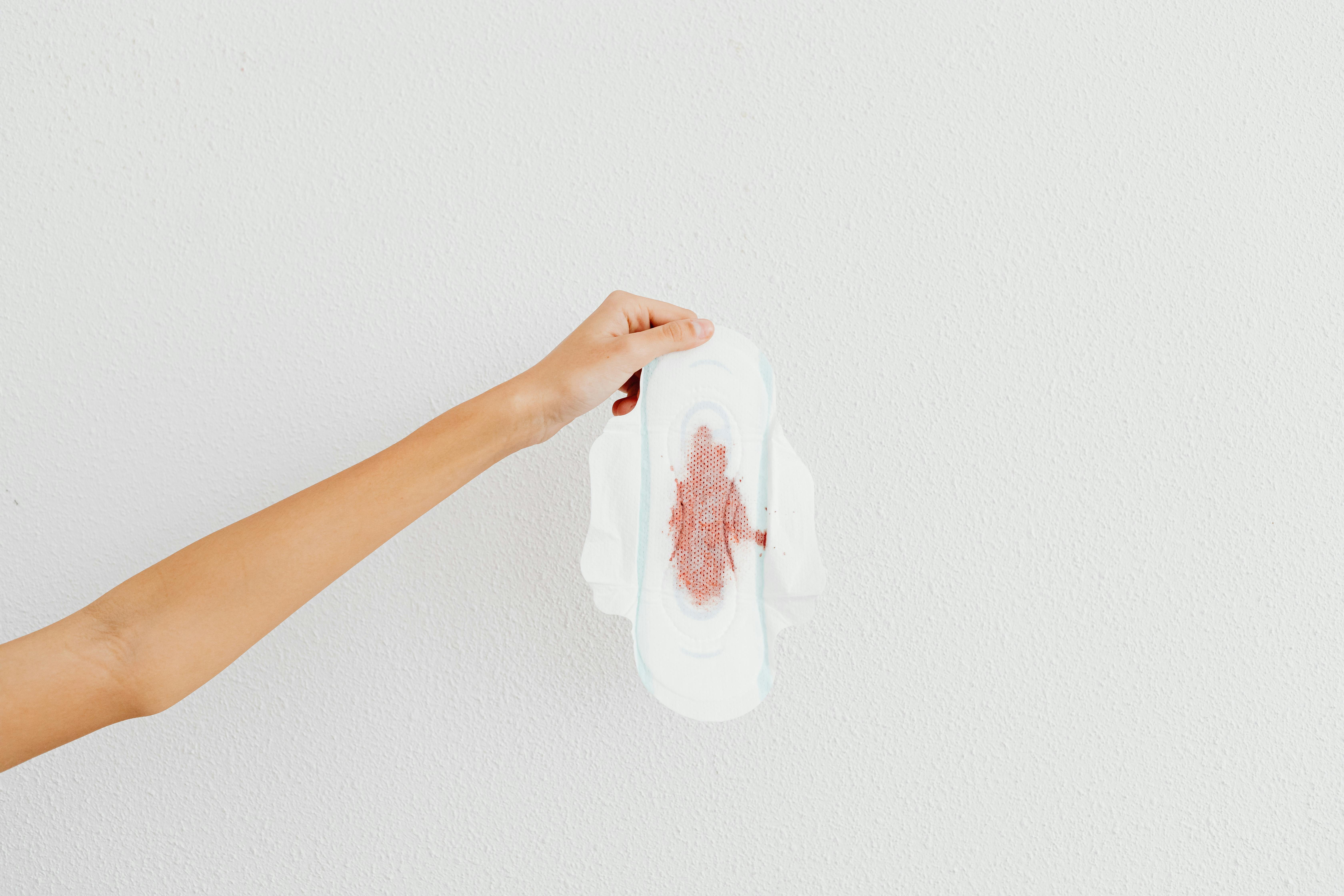Understanding Dog Fleas: Essential Information for Pet Owners
Dog fleas are more than just a nuisance; they can lead to discomfort and health issues for your furry friends. Understanding how to tell if your dog has fleas is crucial for their overall well-being. These tiny pests can cause serious problems, including skin irritation, allergies, and even infections. Prompt identification and treatment are necessary to keep your dog comfortable and healthy.
In this article, we will explore the vital signs of flea infestations in dogs, effective monitoring techniques, and treatment options to ensure your pet remains flea-free. We will also provide expert recommendations and preventive measures to help you maintain your dog's health and happiness. By understanding dog flea symptoms, you can take proactive steps towards ensuring your canine companion is protected against these pesky intruders.
Key takeaways include the importance of routine checks, awareness of your dog's behavior, and practical tips for flea control. Let's dive into the world of dog fleas and discover how to keep these pests at bay.
Common Signs of Fleas in Dogs
Recognizing the signs of fleas in dogs is the first step in dealing with a potential flea infestation. Typically, the most noticeable symptom is frequent scratching. However, there are other symptoms to monitor as well.
Persistent Scratching and Itching Behavior
One of the most apparent signs that your dog has fleas is increased scratching and itching. Dogs may scratch excessively, especially in areas where fleas tend to feed, such as the base of the tail, abdomen, and ears. This behavior is often a response to the discomfort caused by flea bites.
Look out for patches of irritated skin, which can develop into hot spots due to constant scratching. If you're observing these types of signs, it's essential to act quickly to prevent further skin problems and discomfort for your dog.
Flea Bites and Skin Irritation
Flea bites are not only itchy; they can also lead to severe irritation for your dog. You may notice small red bumps on your dog's skin where fleas have fed, which can cause discomfort and heightened scratching behavior. Some dogs, particularly those with allergies, may develop flea allergy dermatitis, which requires immediate veterinary care.
It's critical to differentiate between regular itching and itchiness due to flea bites. If you see eruptions, redness, or swollen areas, it's a strong indicator that fleas are present.
Flea Dirt and Visible Fleas
Flea dirt—little specks of black or brown—as well as the fleas themselves can often be found within your dog's fur. A thorough grooming session with a flea comb can help you identify these unwanted guests without difficulty. Flea dirt is essentially flea feces and is made up of digested blood. So, if you notice a buildup, it's a clear indicator of a flea problem.
Use a moist cloth to test for flea dirt. If red stains appear, this confirms the presence of fleas. Additionally, inspecting your dog's bedding and living environment will reveal whether fleas have spread beyond your pet.
Behavioral Changes and Discomfort
Fleas can significantly impact your dog's comfort and health. Changes in behavior, such as increased restlessness, aggression, or reluctance to engage in daily activities, can signal a flea problem. Keep an eye out for mood shifts or changes in appetite, as this can indicate your dog is suffering from flea discomfort.
Understanding your dog's routine and personality is key in noticing these changes. If you suspect fleas, consult your veterinarian for advice and treatment options.

Monitoring for Fleas: Regular Check-Ups and Grooming
Regular monitoring for fleas is essential to prevent infestations in your home and keep your dog healthy. By establishing a routine check-up schedule, you can stay ahead of potential flea problems.
Establishing a Flea Inspection Routine
A comprehensive flea inspection routine includes regular checks not only on your dog but also in their environment. Start by using a flea comb during grooming sessions, ensuring you inspect various parts of your dog's body. Pay close attention to areas like the neck, behind the ears, and underbelly, as these spots are prime locations for flea hiding.
Incorporate a visual inspection of your dog's fur and skin for any signs of life. The earlier you catch an infestation, the easier it is to treat.
Importance of Pet Grooming for Fleas
Regular grooming significantly lowers the risk of flea infestations. Use specialized shampoos and flea treatments to help mitigate flea problems while keeping your dog's skin as healthy as possible. Discuss recommended grooming frequencies with your vet to ensure you're providing adequate preventative care.
In addition to keeping your dog clean, grooming stimulates their skin and can help to dislodge fleas and flea eggs that may have settled in their coat.
Cleaning Dog Bedding and Environment
Fleas are not only found on pets; they can also thrive in their environment. Therefore, cleaning your dog's bedding regularly is crucial to preventing and controlling flea populations. Wash bedding in hot water, and consider vacuuming areas where your dog spends time, including carpets and upholstery.
Consider treating your home with eco-friendly flea control products that are safe for pets. Ensuring a clean environment alongside dog checks reinforces your flea control strategy.
Vet Recommendations for Flea Treatment
Consulting your veterinarian is always a smart move when dealing with fleas. They can provide personalized advice, recommend the best flea treatment options, and suggest reliable flea medications suited for your dog's specific needs. Regular vet checks help monitor the effectiveness of flea treatments, allowing for necessary adjustments.
If you're considering a new flea collar or topical treatment, your vet can guide you through the options available on the market. Taking a proactive stance will significantly benefit your dog's health and comfort.

Effective Flea Control Methods for Dogs
Addressing flea issues requires a multisystem approach, including immediate treatment for your dog and strategic plans to control fleas in your home. Understanding the life cycle of fleas can help you tailor your approach effectively.
Treating Dog Fleas: Immediate Solutions
Once you've identified fleas on your dog, immediate action is imperative. Several treatments are available, including topical treatments, oral medications, and flea shampoos. Talk to your vet about safe and effective treatments that match your dog's health and lifestyle. Remember, it's essential to follow the recommended dosage and guidelines for flea products to ensure the safety and effectiveness of treatments.
A flea bath may also provide immediate relief, removing fleas directly from your dog's skin. Following up with preventive grooming helps maintain a flea-free environment.
Preventive Care Against Fleas
Prevention is always better than cure. Consistent flea control methods can help ward off infestations. Establish a monthly flea prevention routine using the recommended flea medications, flea collars, and regular grooming to keep your dog comfortable.
Monitoring critical areas, such as your yard and home, also allows you to take necessary measures quickly when flea activity is detected. Maintaining a flea-free home environment is essential, particularly during warmer months when fleas are more active.
Natural Flea Remedies
Some pet owners seek natural alternatives for flea control. Essential oils, diatomaceous earth, and natural flea repellents can help minimize flea load without the use of chemicals. However, it's crucial to consult your veterinarian before trying new treatments to ensure they're safe for your dog.
Keeping your dog healthy generally can also minimize the risk of flea infestations, such as ensuring proper diet, exercise, and hydration.
Long-Term Flea Management Plans
Creating a comprehensive flea management plan involves regular inspections, grooming, and cleaning routines for your dog and home. As a pet owner, staying informed on flea lifecycle and control strategies is essential to managing fleas effectively.
Documenting your flea control efforts helps identify patterns, making it easier to maintain a flea-free pet. In addition, forming a partnership with your vet ensures you're equipped with the right treatments and knowledge.
Conclusion: Maintaining Flea-Free Dogs
Maintaining your dog's health and comfort requires diligence in monitoring for fleas. By understanding the signs of fleas and implementing effective control methods, you can ensure your dog remains happy and healthy. Regular vet consultations will guide treatment options and prevention strategies tailored for your pet.
In addition to monitoring for visible signs, behavior changes in your dog can indicate flea distress. By taking swift action when necessary and practicing precautionary measures, you can enjoy a flea-free home and the peace of mind that comes with it.
Implement these strategies today to improve your dog's quality of life and ensure they stay comfortable.
